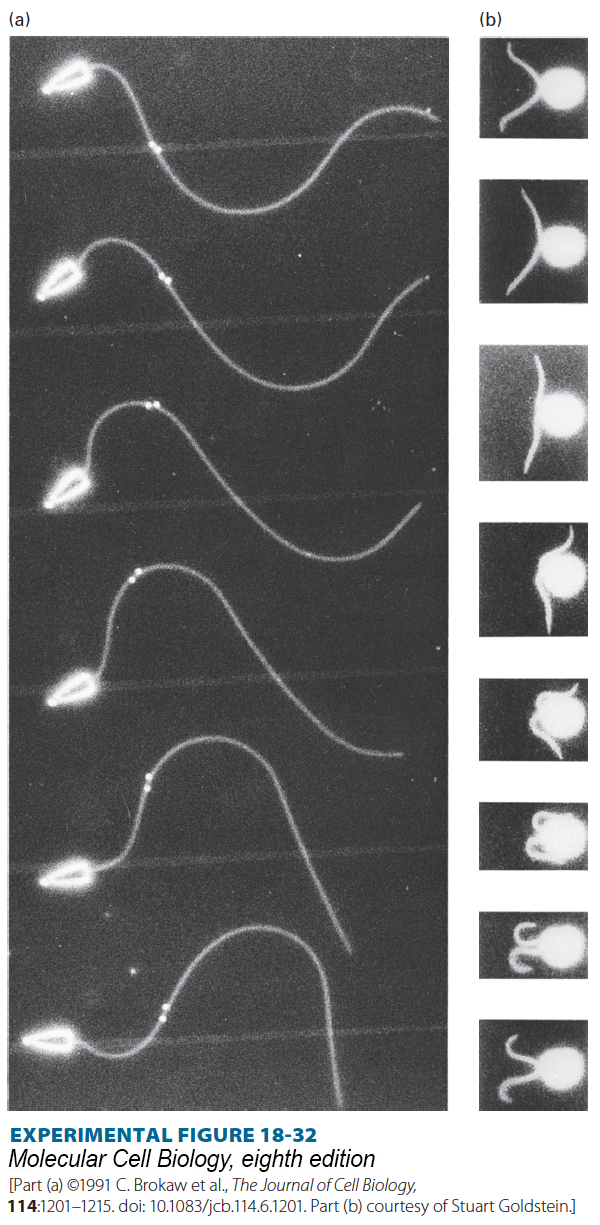
EXPERIMENTAL FIGURE 18- e- 5–
[Part (a) ©1991 C. Brokaw et al., The Journal of Cell Biology, 114:1201–